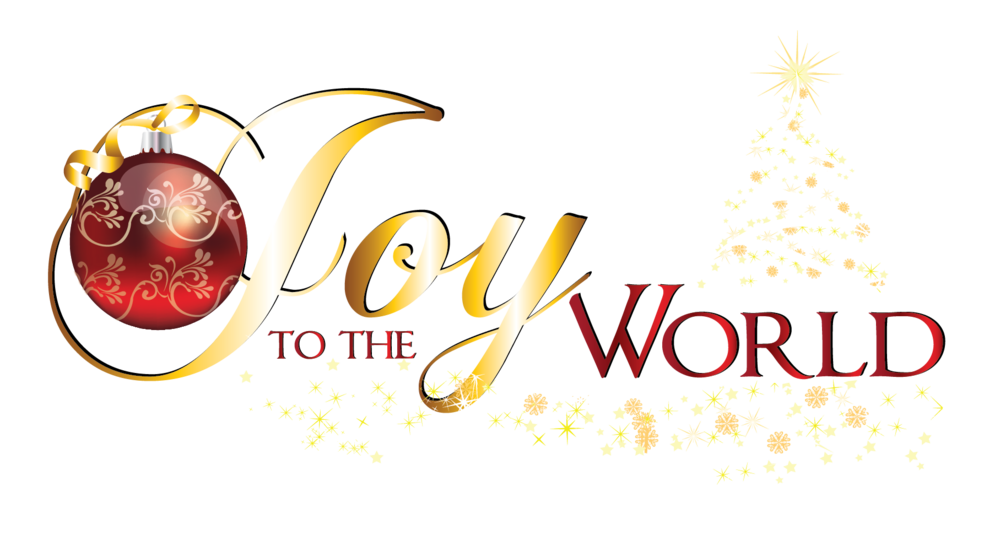As the deer panteth for the water So my soul longeth after thee You alone are my hearts desire And I long to worship thee Chorus You alone are my strength, my shield To You alone may my spirit yield You alone are my hearts desire And I long to worship thee You're my friend and You are my brother, Even though you are a king. I love you more than. 'As The Deer' As the deer panteth for the water So my soul longeth after thee You alone are my heart's desire And I long to worship Thee You alone are my strength, my shield.
Another Bob Hurd song that you can hear at this site. It is a lovely tune although the ensemble singing doesn’t really take off until the chorus is sung at the same time as the verse from the third verse onwards. It has a touch the Hank Mancinis about it ( a good thing). It is a setting of Psalm 42 and this site gives a nice appreciation of the piece.
This ensemble (allowing for average sound quality) probable do the tune more justice that the original.
It can be purchased for download at OCP.

My backing is stripped back.
Don Moen Free Mp3 Download
https://www.sixmaddens.org/wp-content/uploads/2011/10/As-The-Deer-Longs.mp3Refrain
As the deer longs for running streams,
so I long, so I long, so I long for you.
Verse 1
A-thirst my soul for you the God who is my life!
When shall I see, when shall I see,
see the face of God?

Refrain

Verse 2
Echoes meet as deep is calling unto deep,
over my head, all your mighty waters,
sweeping over me.
Refrain
Verse 3
Continually the foe delights in taunting me:
“Where is God, where is your God?”
Where, O where, are you?
Refrain
Verse 4
Defend me, God, send forth your light and your truth,
they will lead me to your holy mountain,
to your dwelling place.
Refrain
Verse 5
Then I shall go unto the altar of my God.
Praising you, O my joy and gladness,
I shall praise your name.
Refrain
As The Deer Don Moen Mp3 Download Torrent
© Bob Hurd 1988.
In music, progressions follow a general rule. This makes accompaniment easier than most musicians think. There is a set of rule of thumbs that every musician, including composers follow when accompanying or composing music. So instead of learning the chord progressions of a thousand songs, while not learn the rule used to compose a billion songs? Smart right? ;-)Once this seemingly esoteric knowledge of how chords move and relate is learnt, you can almost intuitively accompany any song. Yeah. You read right. Any Song!!
The image above(you should download the image and print it for assistance) when followed clockwise is called the Circle of Fifths while anticlockwise is the Circle of Fourths but generally, it is termed The Circle of Fifths.
Now lets play a counting game as in the image below
If you keep counting in fourths for C, you would obtain F Bb Eb Ab Db Gb B E A D G and back to C. Now take another key, say F and count in fourths to obtain F Bb Eb Ab Db Gb B E A D G. Count this way on all the keys and observe the magic.
The relationship between these keys are used to pull a plethora of stunts. Typically the “circle of fifths” is used in the analysis of classical music, whereas the “circle of fourths” is used in the analysis of jazz music, but this distinction is not exclusive. For instance, Musicians and Composers use the circle of fifths to understand and describe the musical relationships among some selection of those pitches. Also, with the knowledge of the circle you can easily understand and move/modulate from C major to A minor or say from G major to E minor because of the relative relationship between them. The circles design is helpful in composing and harmonizing melodies, building chords, and modulating to different keys within a composition.
One alluring fact is that PROGRESSIONS BASICALLY MOVE IN FOURTHS (more about the circle of fifths later). Basically, the progression of most if not ‘all’ songs move in steps of four! Abracadrabra? Wait till i show you how.
To illustrate this, lets analyse the progression of “As the deer Panteth by Don Moen”, played in C major
| LYRICS | MOVEMENT | CHORD NAME | COMPONENT | PROG. |
| As the… | DOH | C Maj 7 | C E G B | 1 |
| Deer… | TI | B Half Dim* | B D F | 7 |
| Panteth… | MI | E Min7 | E G B D | 3 |
| For… | LAH | A Min7 | A C E G | 6 |
| …O the… | REH | D Min7 | D F A C | 2 |
| Water.. | SOH | G Dom7 | D F G B | 5 |
| So my… | DOH | C Maj 7 | G B C E | 1 |
| Heart longeth… | FAH | F Maj 7 | F A C E | 4 |
| After… | SOH | G Dom13* | F B E | 5 |
| Thee… | DOH | C Maj7 | C E G B | 1 |
More on the *chords later.

Observe that the song begun on the Tonic centre which is MajorC, then it proceeded to follow the movement of fourths(1-7-3-6-2-5-1-4) as indicated by the circle of fourths until the last two bars where the song had to meet its resolution (5-1).This indicates that the composer referenced the circle of fourth during its composition.

Now the bumper question is “How does this apply to songs?”